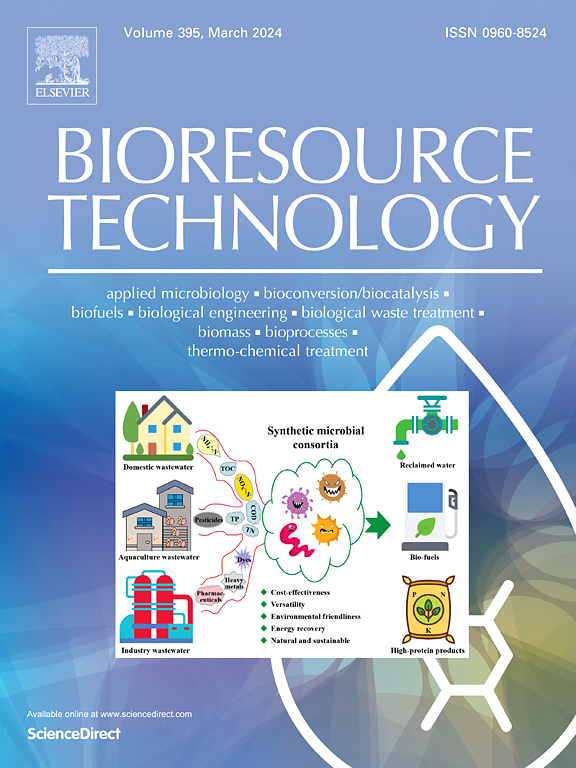Spirulina (Arthrospira) cultivation in photobioreactors: From biochemistry and physiology to scale up engineering
IF 9.7
1区 环境科学与生态学
Q1 AGRICULTURAL ENGINEERING
引用次数: 0
Abstract
Spirulina (Arthrospira) has been extensively applied in CO2 biofixation, wastewater purification, and value-added bioproducts preparation. Light availability plays a pivotal role in Spirulina photoautotrophic cultivation, which is primary determined by characteristics of incident light and distribution of light within photobioreactors (PBRs). To clarify the role of light in Spirulina photoautotrophic cultivation, this review first analyzes the processes of light delivery and conversion in suspended PBRs. Then, effects of key light characteristics, including light intensity, spectrum, and photoperiod, on Spirulina growth and intracellular biochemical components synthesis are comprehensively summarized. Recent advancements in innovative PBR designs aimed at enhancing light utilization efficiency and promoting Spirulina growth are also highlighted. Finally, potential future research directions in the field of Spirulina photoautotrophic cultivation are outlined. Overall, this work provides a theoretical foundation and technical guidance for improving Spirulina production and specific target products synthesis from prespectives of light conditions regulation and PBRs design.

求助全文
约1分钟内获得全文
求助全文
来源期刊

Bioresource Technology
工程技术-能源与燃料
CiteScore
20.80
自引率
19.30%
发文量
2013
审稿时长
12 days
期刊介绍:
Bioresource Technology publishes original articles, review articles, case studies, and short communications covering the fundamentals, applications, and management of bioresource technology. The journal seeks to advance and disseminate knowledge across various areas related to biomass, biological waste treatment, bioenergy, biotransformations, bioresource systems analysis, and associated conversion or production technologies.
Topics include:
• Biofuels: liquid and gaseous biofuels production, modeling and economics
• Bioprocesses and bioproducts: biocatalysis and fermentations
• Biomass and feedstocks utilization: bioconversion of agro-industrial residues
• Environmental protection: biological waste treatment
• Thermochemical conversion of biomass: combustion, pyrolysis, gasification, catalysis.
 求助内容:
求助内容: 应助结果提醒方式:
应助结果提醒方式:


